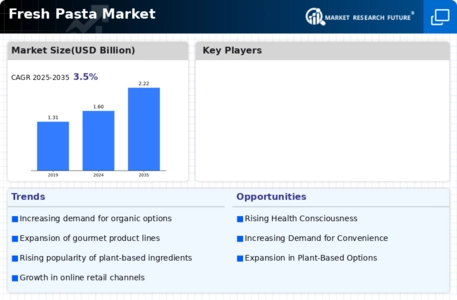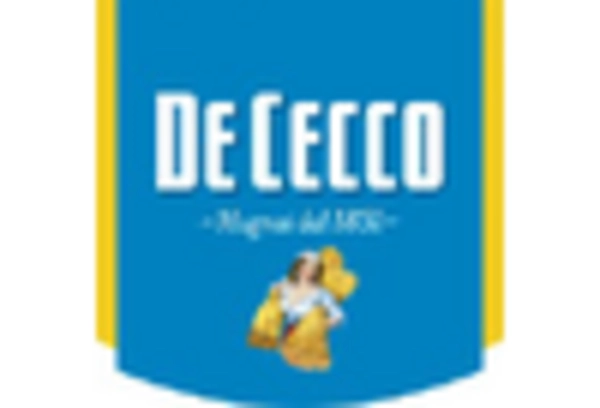Market Trends
Key Emerging Trends in the Fresh Pasta Market
The fresh pasta market has experienced notable trends in recent years, reflecting changing consumer preferences and a growing demand for high-quality, convenient food options. One prominent trend is the increasing popularity of artisanal and premium fresh pasta products. Consumers are increasingly seeking unique and authentic culinary experiences, driving a surge in demand for handcrafted, small-batch pasta varieties that showcase traditional Italian craftsmanship.
Health-conscious consumers have also influenced market trends, leading to a rise in the demand for fresh pasta made from alternative and healthier ingredients. Gluten-free, whole grain, and vegetable-infused pasta options have gained traction as individuals become more mindful of their dietary choices. Manufacturers in the fresh pasta market have responded to this trend by innovating and diversifying their product offerings to cater to a broader range of dietary needs.
Convenience remains a key factor shaping market trends, with consumers seeking time-saving options that align with their busy lifestyles. Fresh pasta has positioned itself as a quick and easy meal solution, with shorter cooking times and a perception of being a fresher and healthier alternative to dried pasta. Ready-to-cook fresh pasta kits and pre-packaged, portion-controlled options have gained popularity, appealing to consumers looking for hassle-free meal preparation.
The global fresh pasta market has also witnessed a surge in online sales and direct-to-consumer channels. E-commerce platforms and meal kit services have become increasingly important avenues for consumers to access a diverse range of fresh pasta products conveniently. The COVID-19 pandemic further accelerated this shift towards online purchasing, as lockdowns and safety concerns prompted consumers to explore alternative shopping methods.
Environmental sustainability has emerged as a significant driver of market trends in the fresh pasta sector. As consumers become more environmentally conscious, there is a growing demand for sustainable packaging options and pasta products made with eco-friendly practices. Manufacturers are responding by adopting eco-friendly packaging materials and implementing sustainable sourcing and production methods to meet the evolving expectations of environmentally conscious consumers.
Regional and cultural influences play a crucial role in shaping the fresh pasta market. While traditional pasta varieties continue to enjoy widespread popularity, there is a rising interest in global flavors and unique culinary fusions. Consumers are increasingly open to experimenting with diverse pasta shapes, flavors, and ingredients, reflecting a broader trend of culinary exploration and a desire for multicultural dining experiences.

















Leave a Comment